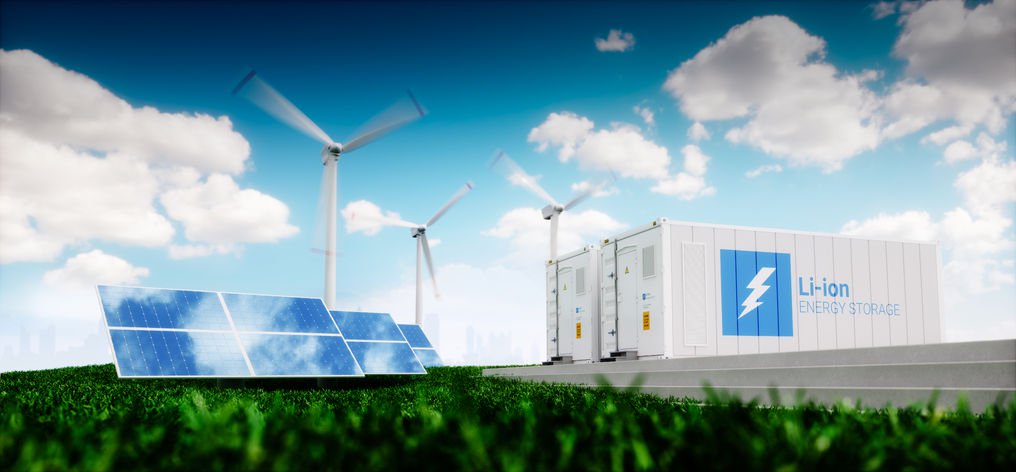The way we power our world is changing more quickly than most people expected.
Thanks to a confluence of earth-conscious technologies and an explosion in public interest, the world is shifting to renewable energies at a rapid clip.
This is only half of the equation though. Even with the widespread adoption of solar and wind power, without a reliable way to store the energy we produce when we don’t have immediate need for it, we’re still left relying on fuels like coal and oil to get by.

Thankfully, energy storage is another branch of technology that’s coming of age quickly. In fact, with the arrival of more useful energy storage devices, homeowners and business leaders alike are taking advantage of considerable upheavals in the electricity industry.
Here’s what’s going on and what it’s going to mean for life both on and off the grid.
How Does Energy Storage Work?
Between 2013 and 2017, the United States added enough new storage capacity to power about 16 million laptop batteries for a couple of hours. That’s a sign of progress, but it’s a drop in the bucket when you consider it’s just .2 percent of the energy needed to power the whole country.
Energy storage is the technology that’s going to help us bridge this gap. Currently, the energy generated at our electric plants travels to its destination and then gets consumed practically instantly. What this has meant is that electricity providers, without a way to temporarily store that power, must continuously achieve a balance between supply and demand.
Energy storage devices can be thought of like “warehouses” for the electricity industry.
Read more: Blue and Green Tomorrow


